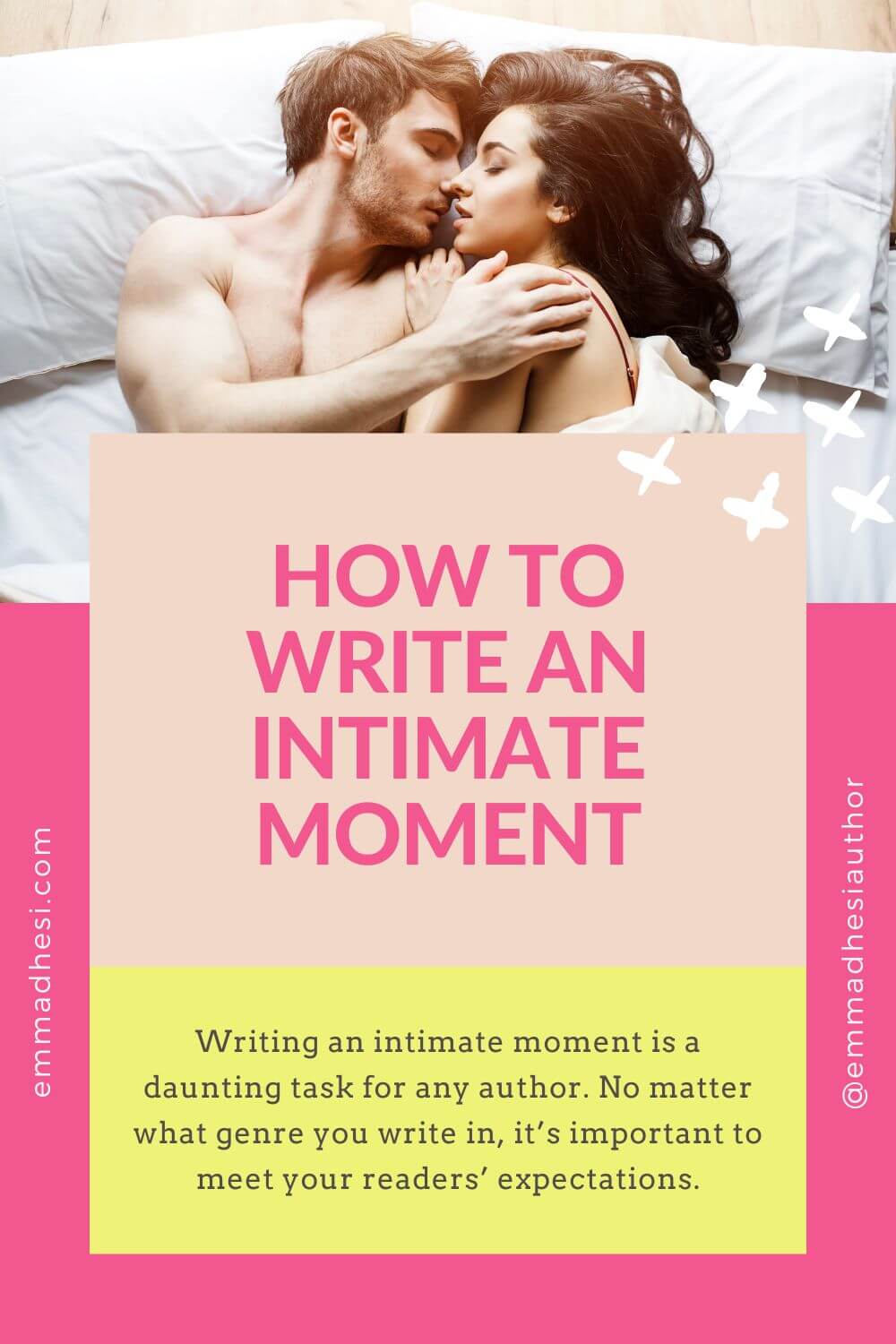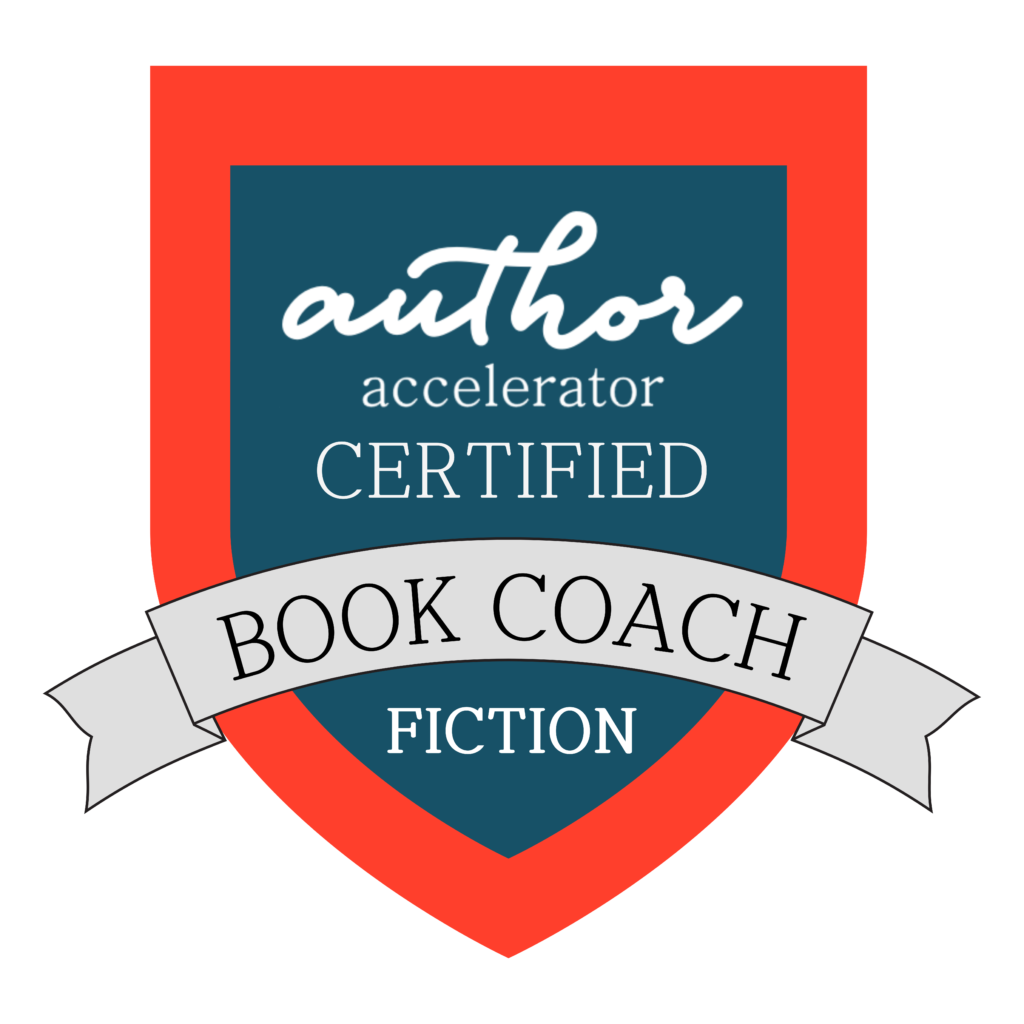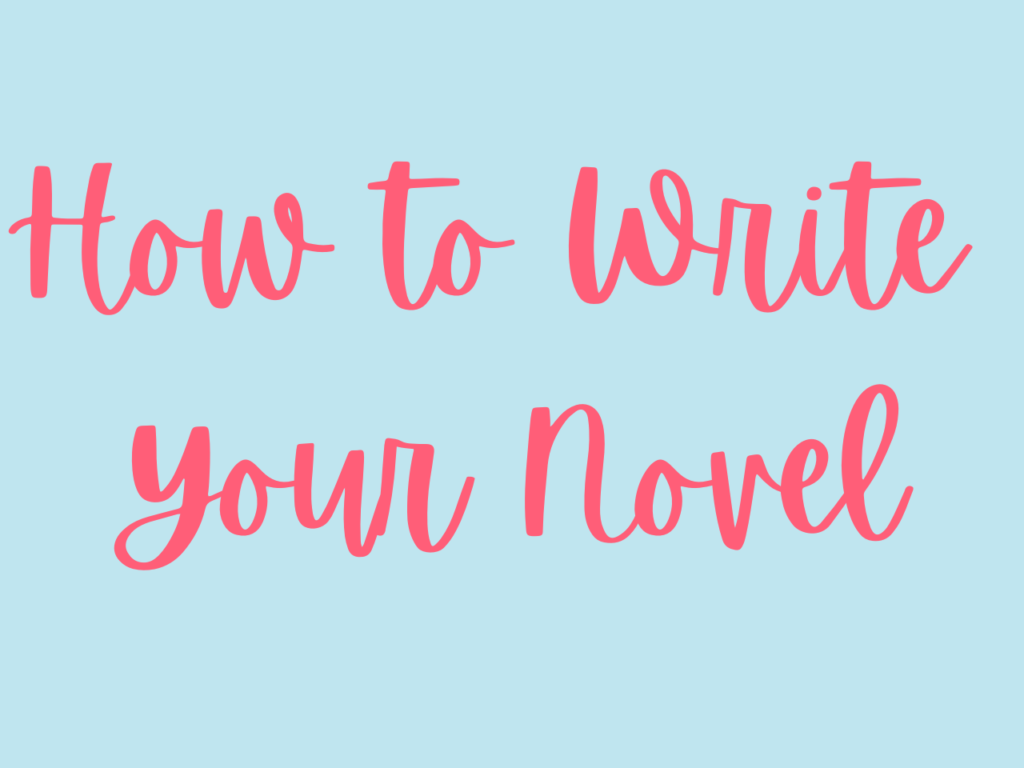
Tips to write an intimate moment
Stirring the Pot of Passion: Tips to write an intimate moment
Writing an intimate moment with sex can be a daunting task for any author, no matter what genre you write in. From a chaste kiss on the cheek in an Amish romance to being handcuffed with the characters in BDSM erotica to any type of genre fiction with a romantic subplot, it’s important to meet your readers’ expectations—especially when it comes to s-e-x.
Scenes where two people (or three or four people… or one person and a monster or an alien or a shifter) connect are often some of the most memorable parts of a story, and can be the difference between a good book and a great one. Or one that’s nominated for the Literary Review’s, “Bad Sex in Fiction Award.”
From erotic scenes that focus heavily on explicit sexual encounters, emphasising the physical aspects of sex to inspirational portrayals of sex that emphasise the spiritual aspects of the relationship, there is no intrinsically right or wrong way to write a sex scene. But there is appropriate or inappropriate way for every genre and romance sub-genre.
These eight tips will help you pen passionate prose and satisfying sex scenes—whether they’re steamy or subdued—that will leave your readers wanting more (or at least, keep your name off the “Bad Sex in Fiction Award” page!).
1. Know your sub-genre
In romance, sex scenes often play an important role in the story, and are used to convey the intensity of the characters’ emotional connection, their physical attraction, but most importantly to advance the plot and character development. As the characters’ relationship progresses, the sex scenes often become more intense and intimate, reflecting the deepening of their emotional connection.

From a plot point of view, intimate moments can build tension and suspense.
Sex scenes should align with the overarching themes in your story.
In science fiction, characters who are of different species, or who have enhanced abilities, may explore the challenges and rewards of intimacy to explore acceptance of people who may not look like us, or be like us, in a non-preachy way. In horror, intimate moments may be used to explore the impact of fear and danger on intimacy.
2. Know your characters
Sex scenes can also serve as a catalyst that shows character development and growth—and in fact, should!
For example, a young woman who has been closed off emotionally may open up and become more vulnerable after a sexual encounter. Or, depending on her sexual history or the way her lover treated her during the scene, this experience may push her backward and force her to close down.
The way in which the intimate moment is written can also be used to show the power dynamics between the characters: who’s in control? How is that shown? What impact does it have on each of the characters? In future intimate scenes the dynamics can change and show how the relationship itself has changed over time.
3. Use descriptive language and actions to convey intimacy, rather than simply stating it
If you find you have places in your story where your characters’ feelings are described, show us the feeling in their actions.
So rather than saying Louise felt safe in Jack’s arms, you could write something like,
“With one arm wrapped tightly around Louise’s waist, Jack pulled her close to his chest while he gently ran his fingers through her hair. When she looked up at him, eyes filled with love and adoration, he smiled and leaned in to kiss her forehead.”

4. Use sensory details to make the scene immersive for the reader
Touch
Sights
Focus on the characters’ body language and facial expressions to give your reader insight into their emotions and thoughts.
Sounds
Smells
Tastes
5. Get in their heads and use internal thoughts and emotions
Does he feel gratitude that she’s forgiven him? Or does he resent that to get her in bed he had to apologise for acting like a jerk?
Is she nervous about how her lover will react to her body or is she proud of the scars that she knows prove she’s strong enough to fight any and all of life’s battles?
While the characters are kissing and touching each other, let us inside their heads so we can experience the depth—or shallowness—of their emotional connection.
Imagine these three different scenarios:
- a 20-year-old virgin woman having her first intimate moment with a man,
- a 40-year-old divorced woman have in an intimate moment with her ex-husband after not seeing him for a few years,
- a 30-year-old woman having her first intimate moment with her best friend.
Read the emotional states that follow and see if you can tell which of the three characters would be feeling each way and how differently you would describe their internal thoughts, even if the physical actions were identical in all three situations.
- She is anxious and self-conscious about her lack of experience, worried about how she will perform and if the man will find her lacking.
- She’s confused about her feelings towards him and why she’s having an intimate moment with him again.
- She is feeling excited about finally having this intimate moment with someone she cares about and curious about what it will be like.
- She is surprised by the longing she has to be with him and the sudden change in their relationship.
- She is scared about losing the friendship they’ve built and fears rejection if her feelings are not mutual.
- She is feeling a sense of awe and wonder as she experiences this new and intimate moment with someone she loves.
- She’s nostalgic for the time they spent together, and the memories of their past intimacy flood her mind.
- She is overwhelmed by the intensity of her emotions.
- She feels a sense of closure and understanding after this intimate moment which helps her to move on from the past.
- She is incredibly happy and fulfilled, realising that her best friend is also the person she loves.
- She’s feeling resentment towards him for the pain he caused her which makes it difficult for her to fully relax and enjoy the moment.
6. Use subtext, objects, imagery, location, and weather to convey intimacy.
- A couple walking in the rain, sharing an umbrella and the sensual feeling of the raindrops on their skin representing the physical and emotional intimacy in their relationship.
- A couple lying on a blanket under a starry sky, the vastness and beauty of the stars representing the infinite possibilities and depth of their love.
- A couple sitting on a porch during a thunderstorm, the raw power and intensity of the storm representing the passion and intensity of their relationship.
- A couple cuddling in front of a fireplace during a snowstorm, the warmth and cosiness of the fire combined with the seclusion and isolation of the snowstorm representing the comfort and safety they find in each other.
- A couple sitting on a beach during a sunset, the beauty and serenity of the sunset representing the peacefulness and contentment they feel in their relationship.
- A couple sitting on a secluded beach, the isolation and beauty of the beach representing the privacy and exclusivity of their relationship.
- A couple in a cosy cabin in the woods, the warmth and seclusion of the cabin representing the comfort and intimacy of their relationship.
- A couple in a luxurious hotel room, the elegance and opulence of the hotel room representing the indulgence and luxury of their relationship.
- A couple on a secluded rooftop, the view and the privacy of the rooftop representing the exclusivity and closeness of their relationship.
- A couple sitting by a fireplace, the warmth of the fire representing the warmth of their love.
- A rose petals scattered on a bed, representing the sensuality and passion of their love.
- A couple sharing a meal, the act of nourishing each other representing the care and support in their relationship.
- A couple sitting on a park bench, the natural surroundings representing the growth and beauty of their relationship.
- A couple dancing together, the fluid movement representing the harmony and trust in their relationship.
- A couple standing at the edge of the ocean, the vastness and depth of the ocean representing the depth of their love and connection.
- A couple sitting on a swing, the motion of the swing representing the ebb and flow of their relationship.
7. Show what happens after the intimate moment or scene
Does your heroine feel contentment? Safety? Euphoria? Connection? Vulnerable?
Does your hero feel uncertain? Satisfied? Accomplished? Proud? Happy? Nervous?
How can you show this exchange of emotion so your reader feels the same way?
8. Be authentic
And, for the love of all that is good in the world, don’t write sex scenes that read like a script for hard core pornography where the women have screaming, multiple orgasms after a few thrusts, the men climax and are ready to go again after a glass of water, and the couples go all night without taking a pee break.
In real life, intimacy comes with fumbles and awkwardness, laughter and tears, confidence and insecurities, curiosity and familiarity, and only sometimes with toe-curling orgasms—or an orgasm at all.
Including realistic actions and reactions to the connections a couple experiences as their relationship develops makes it more realistic and will make your story stand out.
Although I can’t engage in sex all day, I feel like I could write about it for many more pages! So, take what serves you from this post. Read books that make you feel then figure out what the author did to draw those emotions from you. Learn from the greats—and from the scenes that make you cringe!
Just like writing nail-biting fight scenes, writing swoony sex scenes takes practice. But both fight scenes and sex scenes start at the same place: with two people who have strong emotions about each other—that’s intimacy. That’s the foundation.
Thanks for reading.
Many thanks to USA Today bestselling author Danika Bloom for this amazing post on how to write an intimate moment. It’s a sensitive scene to write and now you can tackle it with ease and delicacy. Get to know more about Danika Bloom and her books here:






